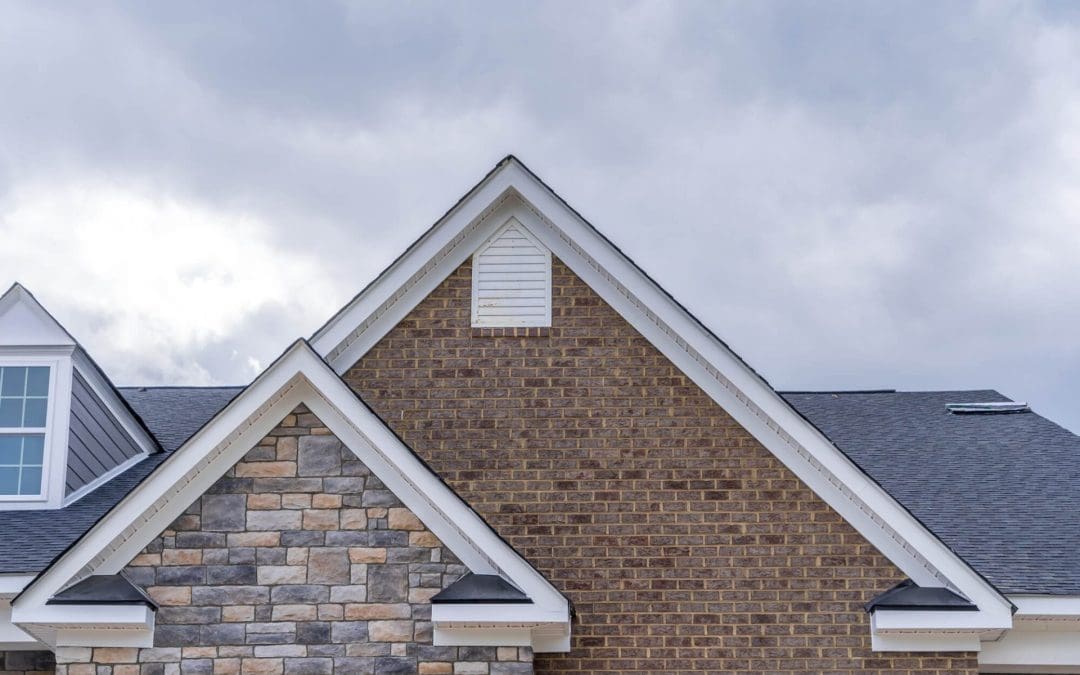Your attic helps to stabilize temperature throughout the home by allowing warm air to escape while cooler air circulates into the space. An attic without adequate ventilation can experience substantial problems that may affect the structure of the roof.
The Purpose of Attic Ventilation
Sealed attics without a proper ventilation system may suffer from condensation build-up beneath the roof, leading to mold growth and encouraging pest infestation. Moisture and mold growth can cause structural issues with the house and health issues for people who live there, especially young children and elderly family members.
Types of Attic Ventilation Systems
Your attic will have two basic types of vents to provide adequate circulation: intake and exhaust vents. These vents boost airflow and help control the temperature beneath the roof.
- Because hot air rises, the exhaust vents are at the roof’s highest points, providing an outlet for warm air in the attic.
- Intake vents are placed at the roof’s lowest point in a covered area, for example, inside the soffits. Cooler air from outdoors flows in through these vents.
The combination of both intake and exhaust vents encourages airflow and contributes to lower temperatures and less moisture in the attic space.
Passive Ventilation Systems
The passive ventilation process is the most user-friendly and cost-effective due to the lack of energy required. Estimate how many vents will be required for the roof by measuring the square footage of the attic and dividing this by 300. For best results, you’ll need one square foot of vent for every 300 square feet of floor space.
Powered Exhaust Ventilation Systems
Powered exhaust vents, such as solar-powered vents, pull air out of the attic with an electric or solar fan. When the heat in the attic reaches a certain temperature, the system vent starts up and operates to bring the temperature back down.
Maintain Good Attic Ventilation
The longevity of your roof, indoor air quality, and home energy costs depend on adequate attic ventilation. To avoid heat build-up in the attic, excessive moisture inside the house, and an overworked HVAC system, check your home’s roof vents.
Vents can become blocked with insulation or animal nests. If you use the attic for storage, avoid blocking airflow by keeping your belongings away from the vents. It’s a good idea to verify the gable and soffit ventilation aren’t obstructed or damaged as part of your routine home maintenance.
Homebuyer’s Inspection Service offers inspections to customers in Dallas-Fort Worth, TX, and the surrounding areas. Contact us to request our services.

